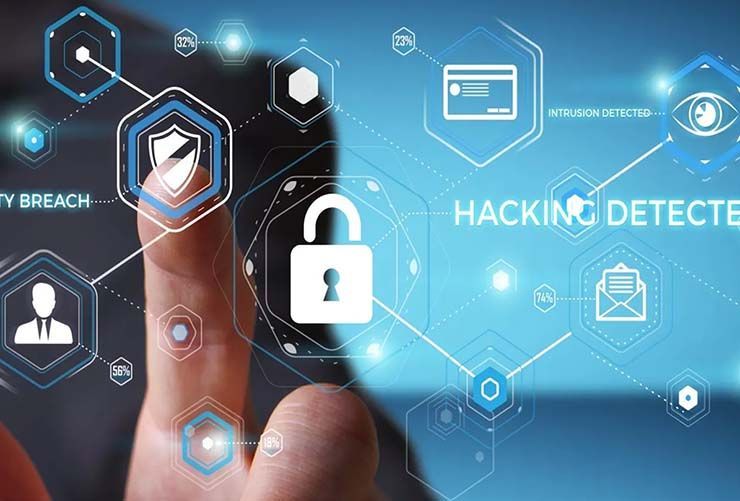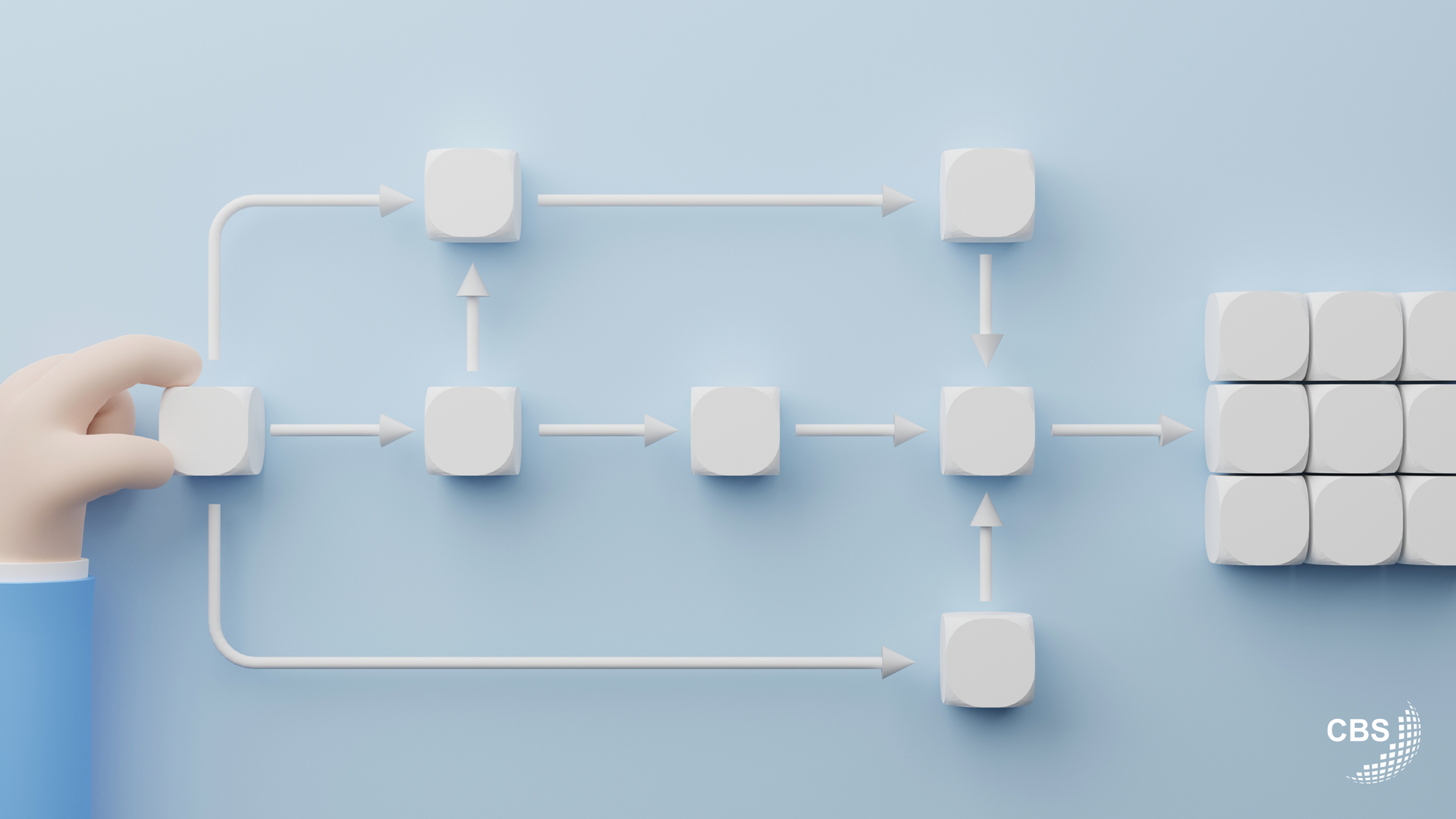By Marketing CBS
•
June 13, 2025
Why Nutanix Presents a Strong Alternative to VMware For years, VMware has been the cornerstone of enterprise virtualization, enabling data centers to maximize resource utilization and simplify workload management. Yet, as IT demands evolve—emphasizing cost efficiency, operational simplicity, and hybrid cloud readiness—limitations inherent in VMware’s architecture and licensing models have become more apparent. Central Business Systems Inc. (CBS), through its partnership with Nutanix, supports a shift toward hyperconverged infrastructure (HCI), which integrates compute, storage, networking, and virtualization into a unified platform. This approach addresses many of the challenges enterprises face today, and this article explores how Nutanix compares with VMware in terms of architecture, economics, and operational efficiency. Architecture and Management Complexity VMware’s solution suite is modular: it combines the ESXi hypervisor with a range of management tools—vCenter, NSX, vSAN, and others. While comprehensive, this modularity leads to fragmented management environments and demands specialized expertise for each component. Additionally, VMware’s licensing is complex and often expensive, and hardware vendor lock-in can limit flexibility. Nutanix, by contrast, offers an integrated software stack that combines all core infrastructure components with its own hypervisor, AHV, included at no extra cost. This reduces the need for multiple management tools and streamlines operations. Nutanix’s Prism interface consolidates monitoring, management, and automation into a single, intuitive dashboard, reducing administrative overhead and simplifying daily operations. Cost Structure and Scalability VMware’s licensing costs scale steeply with the addition of nodes and advanced features, often making infrastructure expansion a costly affair. Nutanix’s pricing model, which includes the hypervisor and scales linearly with node additions, allows organizations to grow capacity incrementally, aligning investment with actual needs. Studies and customer reports consistently show that Nutanix deployments reduce operational costs by simplifying management and reducing hardware requirements. Its ability to integrate smoothly with major public clouds also supports hybrid environments, providing operational consistency and flexibility across platforms. Migration and Adoption Considerations Migrating from VMware to Nutanix requires thorough evaluation, particularly for workloads tightly bound to VMware’s ecosystem. However, enterprises dealing with high VMware costs or seeking easier hybrid cloud integration will find Nutanix’s integrated platform advantageous. How CBS Supports Your Transition CBS assists organizations in adopting Nutanix: Resell: We provide local access to Nutanix products and licenses. Advise: We help you understand how Nutanix fits your IT needs. Support: We offer technical assistance and help coordinate with Nutanix for complex issues. Facilitate: We handle ordering and ensure smooth delivery and setup with Nutanix and your IT team. Train: We provide guidance and resources to help your team get started with Nutanix.' Conclusion VMware has long been a leader in virtualization, but its complexity and cost can hinder modern IT strategies. Nutanix’s hyperconverged platform delivers a simplified, cost-effective, and scalable alternative well-suited for today’s hybrid cloud and digital transformation needs. Partnering with CBS ensures a smooth transition, helping enterprises build resilient, agile infrastructure ready for future demands.















